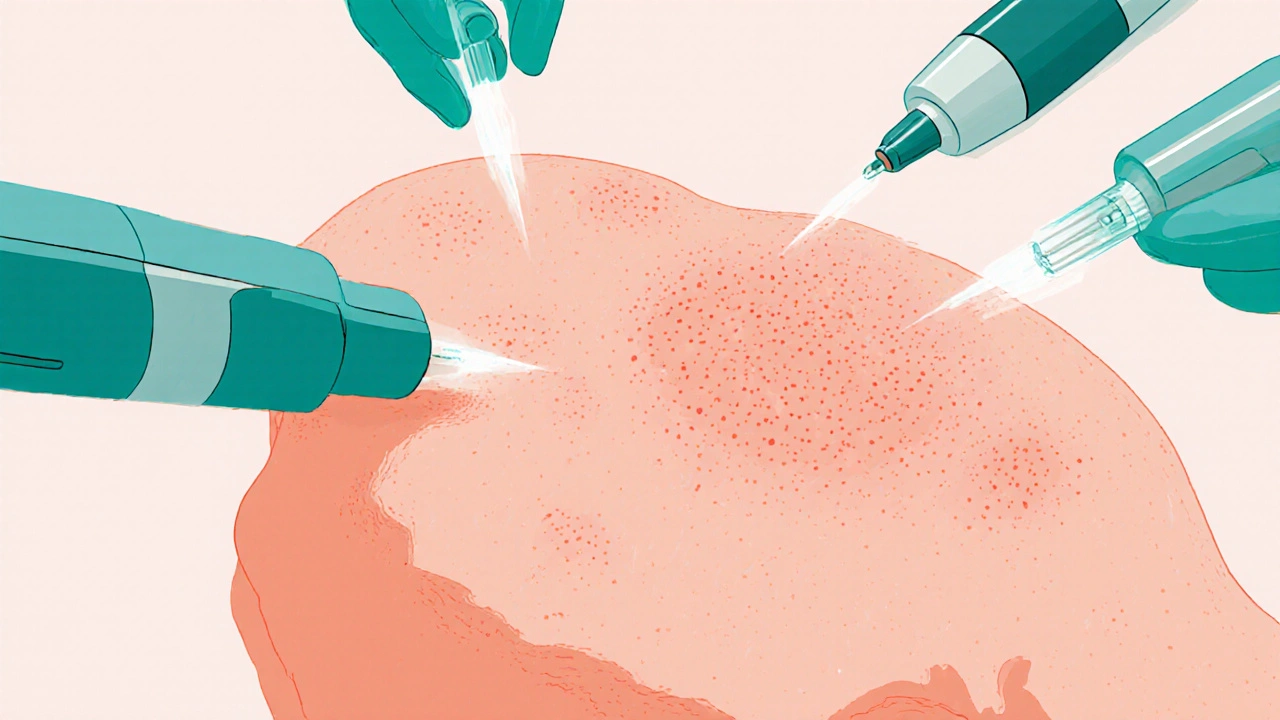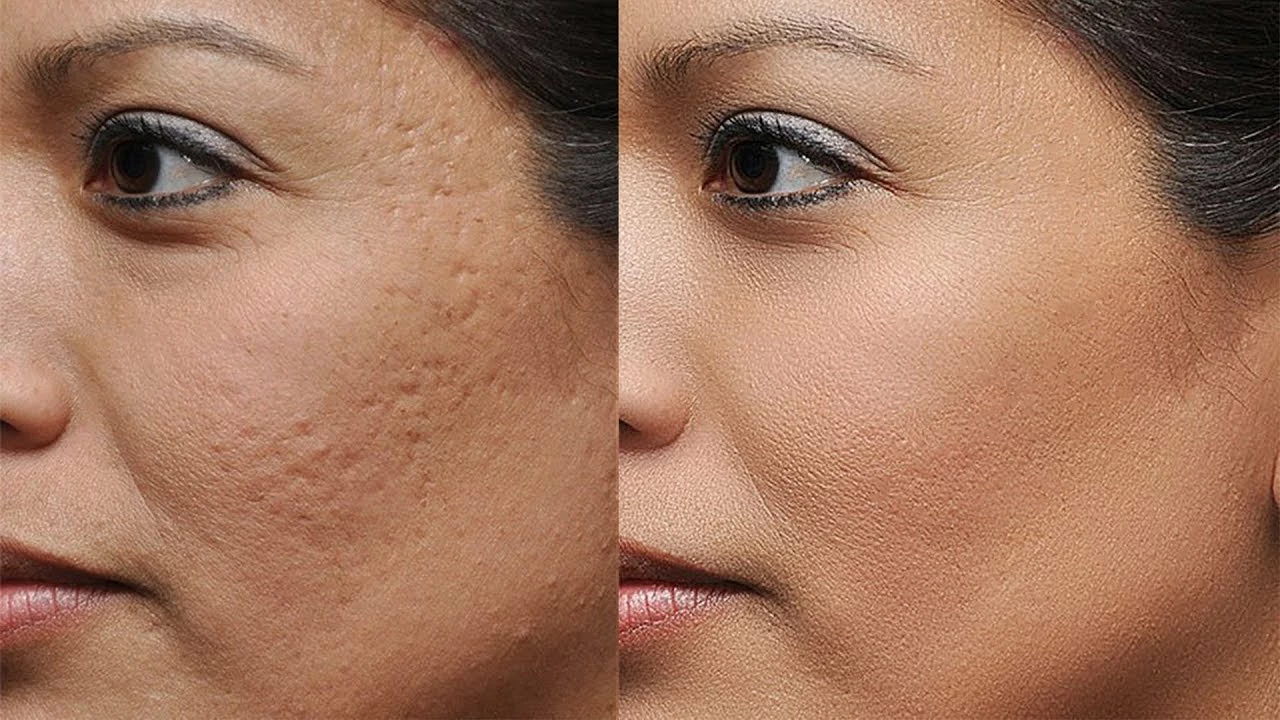Acne scars don't fade on their own. Learn how microneedling, lasers, and topical treatments actually work-based on the latest clinical data and real patient outcomes. Find out which option is right for your scar type and skin tone.
Acne scars: how to treat them and stop new ones
Acne scars can last long after the breakouts stop. Some are shallow and respond to creams, others are deep and need clinic work. Knowing the type of scar you have makes a big difference — it tells you what will actually help and what won’t. Below you’ll find clear, practical options and realistic expectations so you can choose the right path.
There are two broad groups: atrophic (pitted) and hypertrophic (raised). Icepick scars are narrow and deep. Boxcar scars are wider with defined edges. Rolling scars are broad and shallow. Hypertrophic and keloid scars are thick, raised, and sometimes itchy. Pitted scars usually respond to resurfacing or fillers; raised scars may improve with steroid injections or silicone therapy.
At-home and over-the-counter options
If your scars are mild, start with consistent, low-risk steps. Topical retinoids (adapalene or tretinoin) speed cell turnover and gradually smooth texture — use nightly and expect months to see change. Alpha hydroxy acids (glycolic) and salicylic acid help exfoliate and reduce discoloration when used regularly. Vitamin C serums can brighten dark marks but need stable formulas.
For raised scars, silicone sheets or gels can flatten and soften over weeks to months. Don’t skip sunscreen: UV makes scars darker and slows healing. Quick note — home chemical peels and strong actives can irritate skin if you have active acne, so start slowly and patch-test. Most topical routes need 3–6 months of steady use to show meaningful results.
Clinic treatments and what to expect
For deeper or older scars, in-office procedures usually work better. Microneedling creates tiny injuries that stimulate collagen; expect 3–4 sessions spaced a month apart. Fractional lasers (non-ablative or ablative) resurface skin — non-ablative has less downtime, ablative gives stronger results but needs recovery time. Chemical peels at the clinic are stronger than home peels and can target texture and pigmentation.
Other options: subcision releases tethered tissue for rolling scars, punch excision replaces deep pits with a precise repair, and soft tissue fillers lift depressed scars temporarily. Raised scars may respond to steroid injections or silicone plus pressure therapy. Most procedures require multiple sessions, and full results take months. Costs vary by treatment and location; talk to your provider about realistic outcomes.
If you’re on isotretinoin (Accutane) or just finished it, tell your clinician — some procedures are delayed until several months after treatment to reduce risk. Always choose a trained dermatologist or plastic surgeon for invasive work.
Prevention matters. Treat inflammatory acne early, avoid picking or popping pimples, use sunscreen daily, and keep a gentle skincare routine. If acne is severe or scarring early, see a dermatologist — preventing deep scars is easier than fixing them later.
Want specific guides? Check our Accutane article and clinic treatment overviews on DoctorSolve.com to match scar type with the smartest next step.
As a blogger who's always on the lookout for the latest in skincare, I recently came across Tazarotene, a topical retinoid that's been gaining popularity for treating acne scars. I found out that Tazarotene works by promoting skin cell turnover, which can help improve both the tone and texture of acne-scarred skin. Many users have reported significant improvement in their skin's appearance after using Tazarotene. However, it's essential to consult a dermatologist before trying out any new skincare treatments, as everyone's skin is different. Overall, Tazarotene seems like a promising option for those looking to tackle acne scars and achieve smoother, clearer skin.


